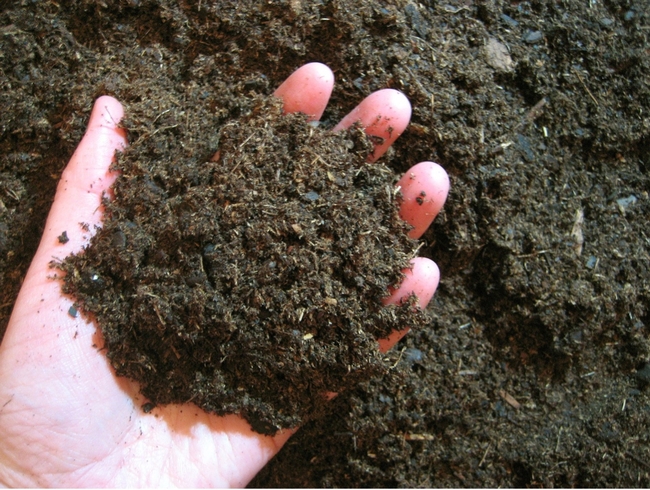Healthy Soils Week (Dec. 4-8) is a week-long initiative by the California Department of Food and Agriculture (CDFA) to highlight the importance of soil health throughout California.
Healthy soils can improve crop yields, sequester carbon, reduce erosion, and increase biodiversity. In addition, they can reduce pest problems and pesticide and fertilizer use. Healthy soils lead to healthy plants which are less susceptible to pest attacks and can better tolerate and recover from pest pressure.
In integrated pest management (IPM) we promote the use of cultural control methods to improve soil and plant health, making an environment less conducive for pests to establish, reproduce, and cause damage.
Here are some cultural tips for creating healthy soils and reducing pests:
- Improve soil drainage to avoid oversaturated, water-logged soils. Moist, compacted soils can attract earwigs, slugs, and nematodes and encourage damping off, Phytophthora, and other diseases to develop.
- Use mulch. Mulches can moderate soil moisture and temperature, reduce compaction, and suppress weeds. But use them carefully as improperly selected or applied mulches can damage plants and attract pests.
- Clean up fallen fruit and leaves. Good sanitation is essential for preventing pests from establishing and spreading. Removing infected fruit, leaves, and branches can prevent insects and pathogens from overwintering in the soil.
- Fertilize appropriately. Too much or not enough nutrients in the soil can result in plant stress. Stressed plants are more susceptible to pests and diseases. Applying too much fertilizer (especially nitrogen) can result in excessive plant growth which often attracts pests like aphids and psyllids.
- Dethatch lawns. Thatch includes pieces of grass stems, roots, and rhizomes. It is slow to decay and can build up on the soil surface making it difficult for water to reach the roots. Several turfgrass pathogens can also survive in thatch.
- Solarize the soil as needed. Soil solarization uses heat from the sun to kill pathogens, nematodes, and weed seeds in the soil.
Healthy soil is the foundation of sustainable pest management and a thriving ecosystem.